Remember when life moved at a different pace? Before smartphones, before the internet, even before cable TV was widespread? The 1970s might seem like ancient history to younger folks today, but for those of us who lived through those polyester years, it was just… Tuesday. Take a nostalgic trip with us as we revisit some everyday realities from the disco decade that might leave your grandkids scratching their heads in disbelief.
1. Researching With Encyclopedias and Card Catalogs
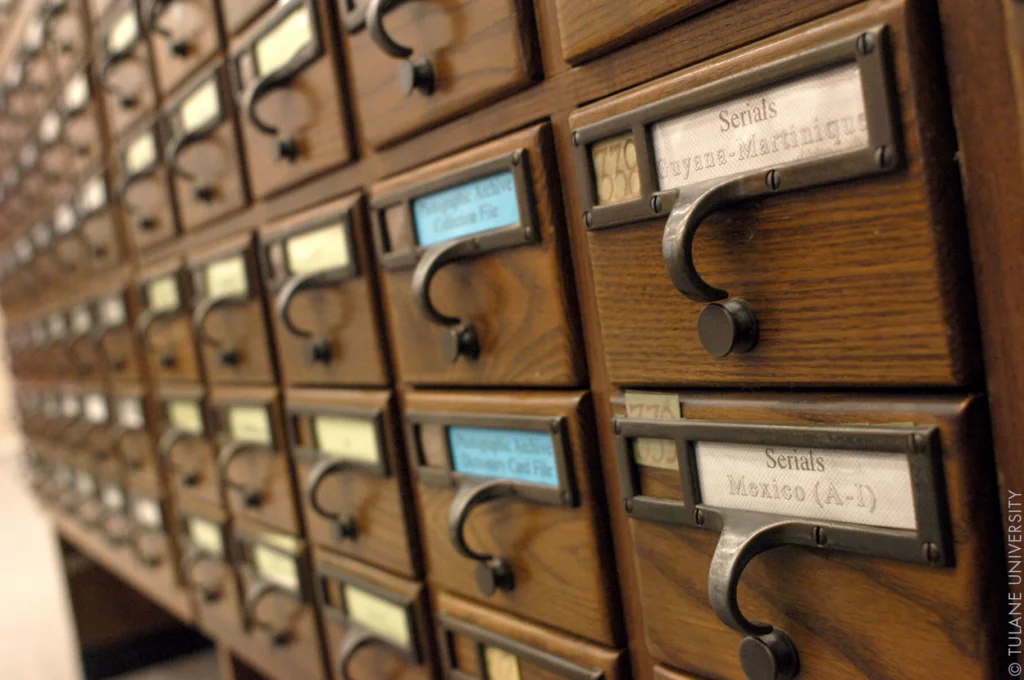
School reports required physical trips to the library where the card catalog—actual cabinets filled with index cards—helped you locate relevant books. Encyclopedia sets were prized possessions in many homes, often purchased volume by volume from grocery stores over many months, providing the only immediate reference material for curious minds. Librarians were essential knowledge workers who could guide research efforts, suggesting resources and helping navigate the decimal system to find books hidden somewhere among the stacks. Raymond Geddes also writes that this familiar organization format has undergone its fair share of change across the years.
Information had weight and presence—it existed in specific physical locations you had to visit during operating hours. College students spent hours in library reference rooms poring over journals that couldn’t be checked out, taking handwritten notes or making photocopies at ten cents per page. The idea of having instant access to virtually all human knowledge from a device in your pocket would have seemed like science fiction even in a decade that gave us “Star Wars.”
2. Waiting Breathlessly for the Sears Christmas Wishbook

The arrival of the Sears Christmas Catalog (affectionately known as the “Wishbook”) was a major event in many households, with children immediately claiming it to start circling desired toys and gifts. These massive catalogs—often several hundred pages thick—were comprehensive shopping guides featuring everything from clothing and housewares to the latest toys that would define the coming holiday season. Many families kept the Wishbook on the coffee table for months, with pages becoming increasingly dog-eared as December approached and children refined their Santa lists. Good Housekeeping explores the role of the Sears Wishbook in shaping the world of shopping forever.
The toy section was particularly magical, with elaborate staged photographs showing action figures, dollhouses, and board games in idyllic play settings that fired our imaginations. Parents would secretly note the circled items and catalog numbers, placing mail or phone orders weeks in advance to ensure Christmas morning surprises. For many rural families without easy access to shopping malls, these catalogs weren’t just wish lists but essential shopping tools that connected them to the wider world of consumer goods otherwise unavailable in small towns.
3. Going to the Bank on Friday to Get Weekend Cash

Banking was strictly a business hours operation, requiring careful planning to ensure you had cash for weekend activities. Friday afternoons often saw long lines at banks as workers cashed paychecks or withdrew funds that would need to last until Monday morning. We filled out deposit and withdrawal slips by hand, waiting in line for human tellers who counted out bills and updated our passbooks with handwritten entries. OneUnited Bank explores why this glorious day is on Friday, specifically.
The convenience of ATMs didn’t arrive in most communities until the late ’70s, and even then, they were viewed with suspicion by many who preferred human interaction for financial transactions. Running out of cash on Saturday night could create genuine difficulties since credit cards weren’t accepted at many establishments, and personal checks might be viewed suspiciously outside your local community. Many families kept cash hidden somewhere in the house for emergencies—often in a coffee can, freezer, or tucked between pages of books.
4. Living with Cigarette Smoke Absolutely Everywhere

Cigarette smoke was as common as oxygen in the 1970s, with ashtrays standard fixtures in every restaurant, airplane, office building, and even hospital waiting room. People smoked during college lectures, business meetings, on buses, and doctors sometimes even had cigarettes dangling from their lips while examining patients. Restaurant hostesses would routinely ask “Smoking or non-smoking?” though the distinction was largely meaningless as the sections were rarely separated by anything more substantial than a short partition.
Movie theaters were particularly hazy environments where the projector beam would illuminate the floating smoke particles like a science demonstration. The smell of tobacco permeated everything—our clothes, car upholstery, office furniture—to the point where we simply stopped noticing it. Even many non-smokers kept ashtrays in their homes for visitors, and smoking while grocery shopping, during a haircut, or while browsing department store racks was completely normal behavior.
5. Navigating with Paper Maps and Written Directions
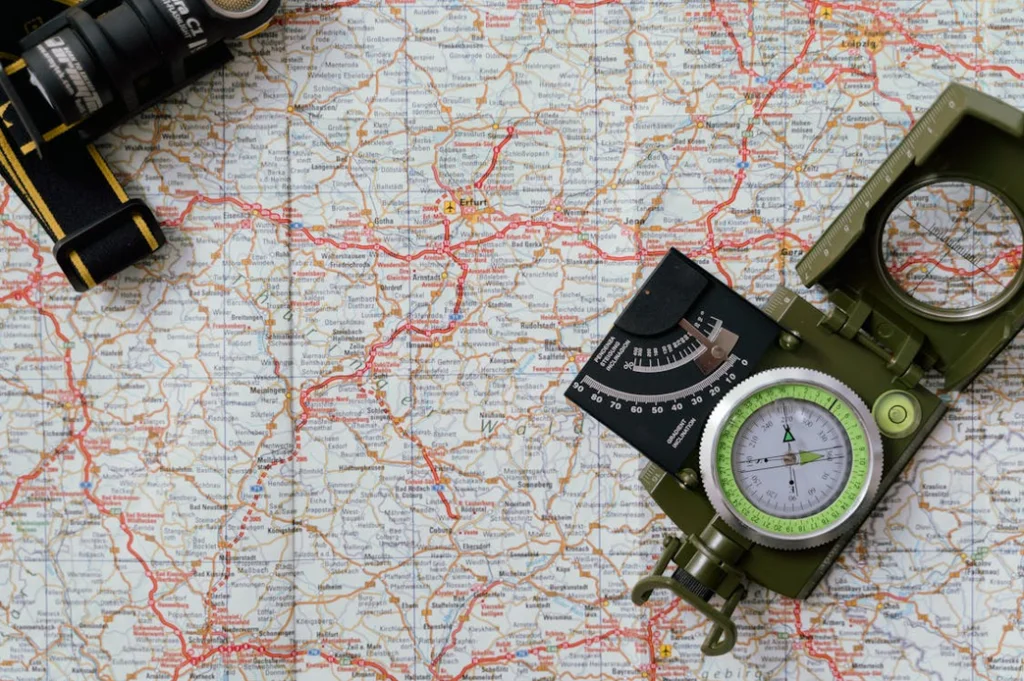
Before GPS and smartphones, finding your way in unfamiliar territory required actual navigational skills and planning. Gas stations gave away free road maps that many of us never quite mastered folding properly, keeping collections of state and city maps stuffed in our glove compartments. For important trips, we’d call ahead and ask people for directions, carefully writing down landmarks and turn instructions that often included gems like “turn right where the old Johnson farm used to be” or “if you see the water tower, you’ve gone too far.”
Planning routes for vacations was serious business, often involving highlighters on interstate maps and calls to automobile clubs for their specialized “TripTiks.” Getting lost was a genuine predicament that could involve stopping at service stations, approaching strangers for help, or simply driving around until something looked familiar. Remember those tense family moments when parents would refuse to stop for directions while hopelessly turned around in an unfamiliar neighborhood?
6. Waiting for Photos to Be Developed

Taking pictures was a calculated decision when each roll of film contained only 24 or 36 exposures and cost money to purchase and develop. After carefully using up a roll over weeks or sometimes months, we’d drop it off at the photo counter and wait several days to discover whether our pictures turned out or if someone had accidentally put their thumb over the lens. The anticipation of opening that envelope of freshly developed photos was a special kind of excitement, never knowing exactly what memories you’d captured until they were in your hands.
Photo albums were treasured family possessions, with special albums for vacations, holidays, and childhood milestones carefully assembled and stored on bookshelves. Many families had slide projectors for special viewing nights where they’d darken the living room, set up a projection screen, and subject friends and relatives to vacation slideshows complete with narration. Those embarrassing childhood photos couldn’t instantly appear on social media—they remained safely trapped in physical albums that you could at least hide when your first date came to meet your parents.
7. Writing Checks for Everything

Checkbooks were essential accessories for adults, who would spend time each month “balancing” them by reconciling all purchases with bank statements using actual pencil and paper. Grocery store lines moved at the pace of handwritten check completion, with shoppers dutifully recording each transaction in their check registers while everyone waited patiently. Many stores had special check verification systems, including flip-through books of bad check writers or machines that would call a central database for approval—procedures that could add several minutes to each transaction.
Credit cards existed but weren’t widely accepted everywhere, requiring stores to manually run them through imprint machines and call for authorization for larger purchases. The satisfying “chunk-chunk” sound of those manual credit card machines was accompanied by the multiple carbon copies you’d need to sign, keeping one flimsy yellow sheet as your receipt. Fast food restaurants and many smaller establishments operated on a strictly cash basis, making a trip to the bank a necessary errand before weekend activities.
8. Learning to Drive a Manual Transmission
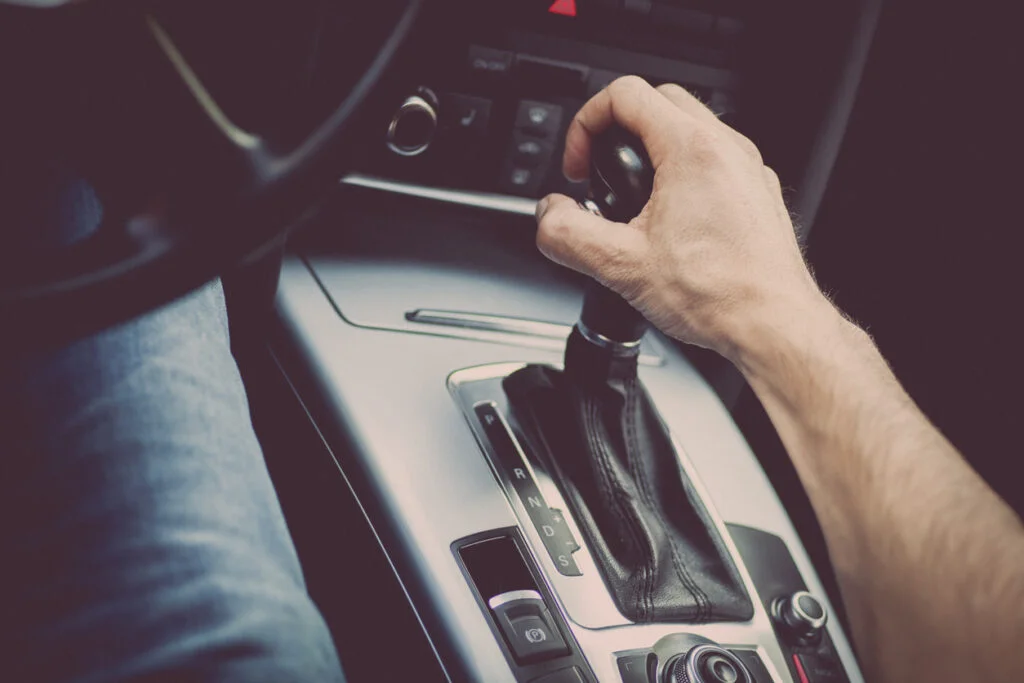
Knowing how to operate a stick shift wasn’t just a useful skill—it was often a requirement for getting your driver’s license or borrowing the family car. Mastering the delicate balance between clutch and gas pedal was a coming-of-age ritual that involved stalling in embarrassing locations, rolling backward on hills, and the distinctive burning smell of an over-revved clutch. Drivers developed a physical relationship with their vehicles, feeling the engine’s response through the gearshift and instinctively knowing when to shift by sound and vibration rather than watching the tachometer.
Learning typically happened in empty parking lots or quiet back roads with a nervous parent in the passenger seat, often resulting in family stories that would be retold for decades. The “hill test” was particularly dreaded—stopping on an incline and successfully starting again without rolling backward or stalling out was considered the ultimate proof of driving proficiency. Remember the pride of finally performing a perfect three-point turn or parallel parking maneuver with a manual transmission, skills that earned respect from adults and peers alike?
9. Enduring Automotive Adventures Without Modern Conveniences
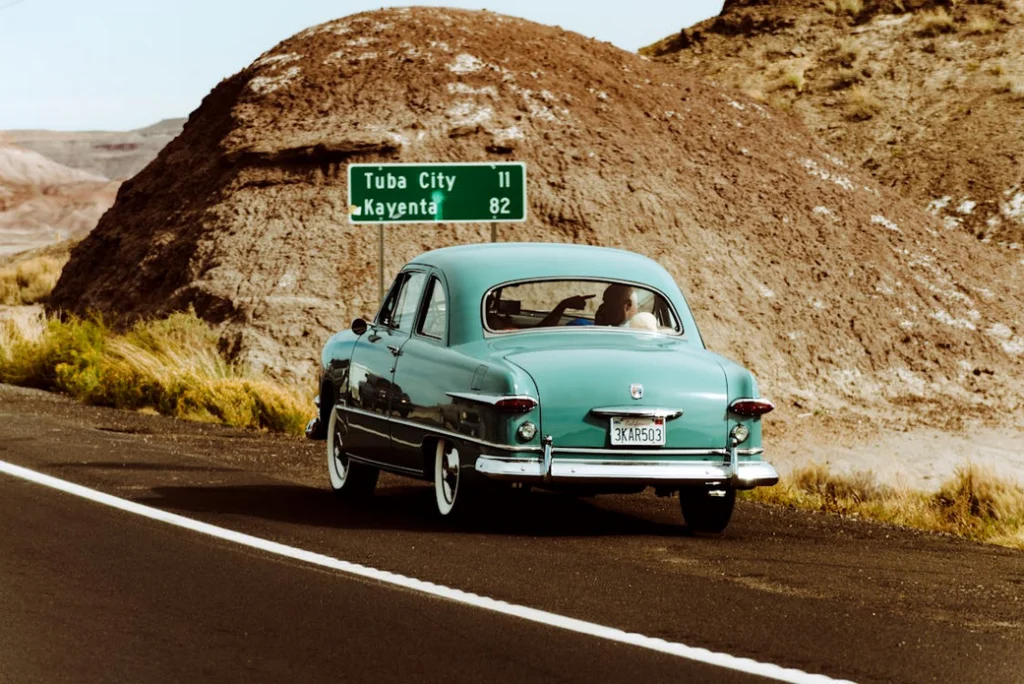
Cars in the ’70s lacked power everything—windows were cranked manually, seats adjusted with physical levers, and air conditioning was a luxury option many families couldn’t afford. Long summer road trips often meant driving with all windows down, creating a wind tunnel effect that made conversations nearly impossible and arrived at destinations with spectacularly windblown hairstyles. Seatbelts were often tucked away unused, and children freely moved around the vehicle, with station wagon road trips featuring kids rolling around unrestrained in the “way back” cargo area.
Vehicle breakdowns were common occurrences that most drivers were somewhat prepared to handle themselves. Many men (and some women) knew how to change their own oil, replace spark plugs, and perform basic tune-ups using tools kept in the garage. Cars required frequent maintenance like carburetor adjustments that are completely foreign concepts to today’s drivers, and every glove compartment contained maps, flashlights, and often spare fuses or fan belts for emergencies.
10. Experiencing True Disconnection
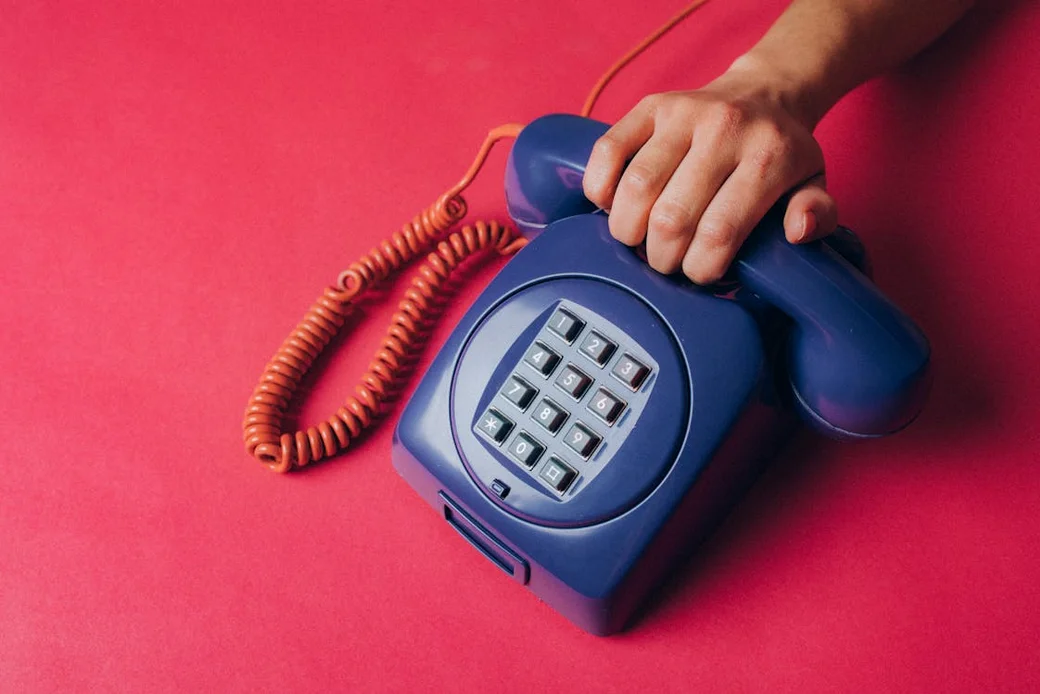
Being unreachable wasn’t just common in the ’70s—it was the default state of existence. When you left your house, you were genuinely on your own until you returned or found a pay phone to check in. Parents would send children outside to play with the only instruction being “be home by dark,” having no way to contact them during those hours of unsupervised activity. Business trips meant days without communication with family except for expensive long-distance calls from hotel room phones.
This disconnection created a different relationship with time and planning that’s almost unimaginable today. If you agreed to meet friends at the movies at 7:00, you had to be there because there was no way to text that you were running late. Missing connections could result in completely abandoned plans since there was no way to coordinate once you were out in the world.
11. Using Rotary Phones and Memorizing Numbers
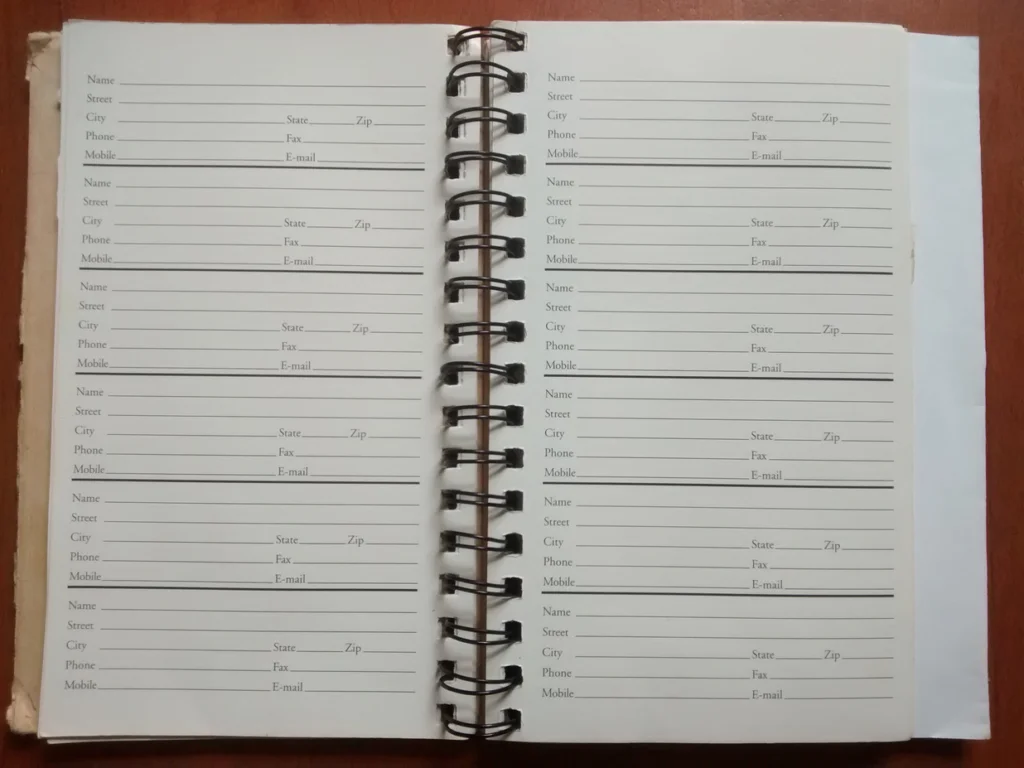
Every finger movement counted when dialing someone’s number on a rotary phone, with each digit requiring you to spin the dial and wait for it to return before attempting the next one. Most families had just one phone for the entire household, usually mounted to the kitchen wall or placed on a special table in the hallway, with a cord that could only stretch so far for limited privacy. We memorized dozens of important phone numbers because there was no digital contact list—many homes kept a personal phone directory next to their telephone, often with scratched-out entries and scribbled updates as people moved or changed numbers.
If you weren’t home when someone called, they simply couldn’t reach you, and there was no way to know who had called unless someone else took a message. Making long-distance calls was a serious financial consideration that often required parental permission, with careful attention paid to the cheaper evening rates. Remember sitting on the floor with the spiral cord stretched to its limit, whispering to friends while family members conspicuously tried not to eavesdrop from the next room?
12. Waiting All Week for Your Favorite TV Show
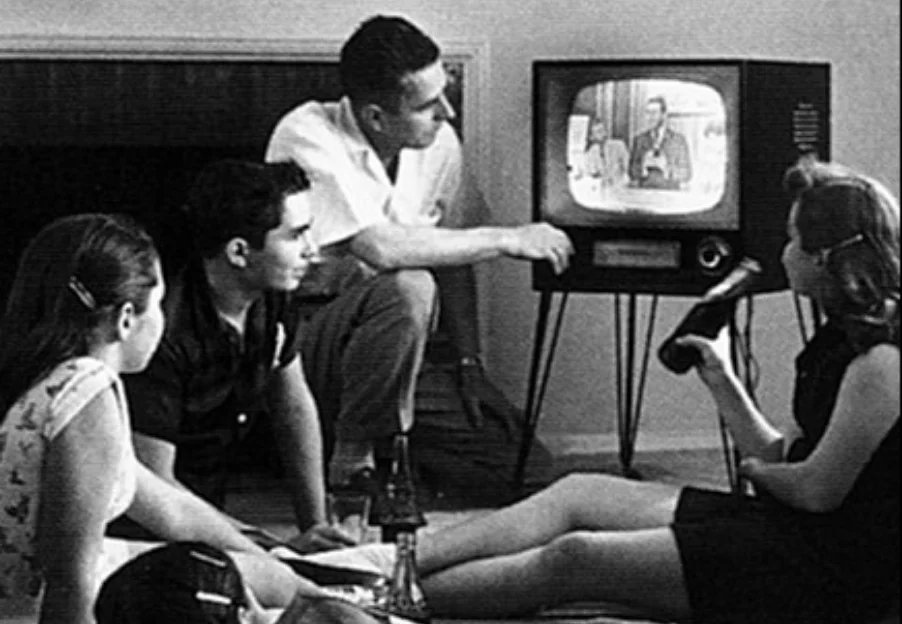
In the ’70s, if you missed an episode of “Happy Days” or “Charlie’s Angels,” you were plain out of luck until reruns came around months later. We planned our entire schedules around TV Guide listings, rushing home to catch shows at their appointed time because there was absolutely no way to record them. Television networks aired their biggest hits during “prime time,” and the whole family would gather around that single screen in the living room, often arguing about what to watch since most households had access to only three major networks.
This appointment viewing created genuine cultural moments where virtually everyone in America watched the same programs simultaneously. Remember huddling around the set for the finale of “MAS*H” or discussing “The Mary Tyler Moore Show” with neighbors the next day? Water cooler conversations weren’t just expressions back then – they were genuine shared experiences that connected communities in ways that today’s on-demand viewing simply can’t replicate.
13. Experiencing Entertainment Scarcity

Missing a movie during its theatrical run meant waiting years to see it, possibly catching it on a heavily edited television broadcast or at a second-run theater. Music existed in physical formats you had to seek out and purchase, with radio stations and record stores serving as gatekeepers that determined what was available in your community. Favorite albums would be played repeatedly until the vinyl developed scratches or warped from being left in hot cars.
Entertainment choices were limited but created shared cultural experiences on a scale that’s rare today. When a new show premiered or a blockbuster movie was released, it became a genuine event that everyone experienced together and discussed for weeks afterward. The effort required to seek out entertainment made each choice more significant—we appreciated what we had access to because the alternatives weren’t just a click away on another streaming service.
The 1970s weren’t perfect by any stretch—economic challenges, social upheaval, and that unfortunate decade-long experiment with avocado green appliances all left their mark. But there was something beautiful about a world that moved a bit slower, where connections were more deliberate, and where we weren’t constantly bombarded with information and options. Sometimes I wonder if our grandchildren, with all their incredible technology, might be missing out on the simple pleasure of being fully present in an imperfect but somehow more human-scaled world.


